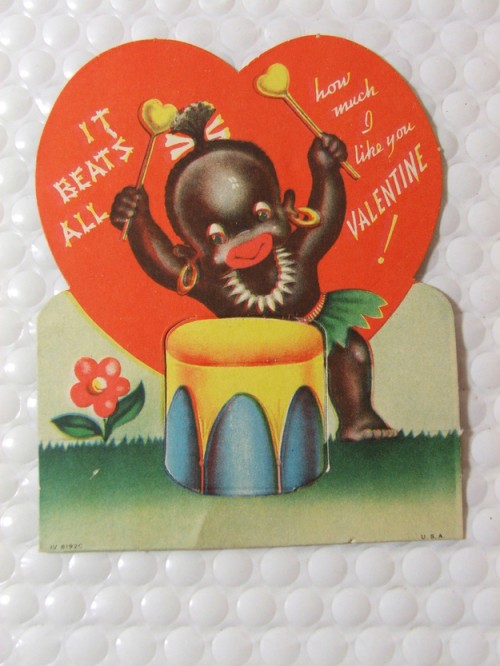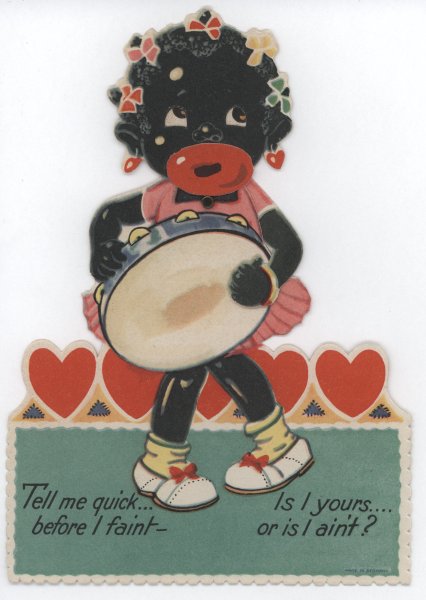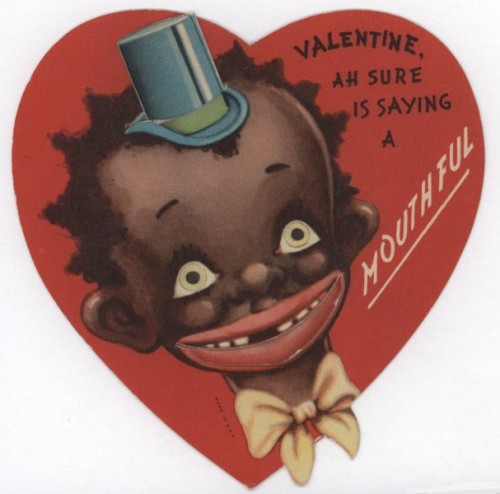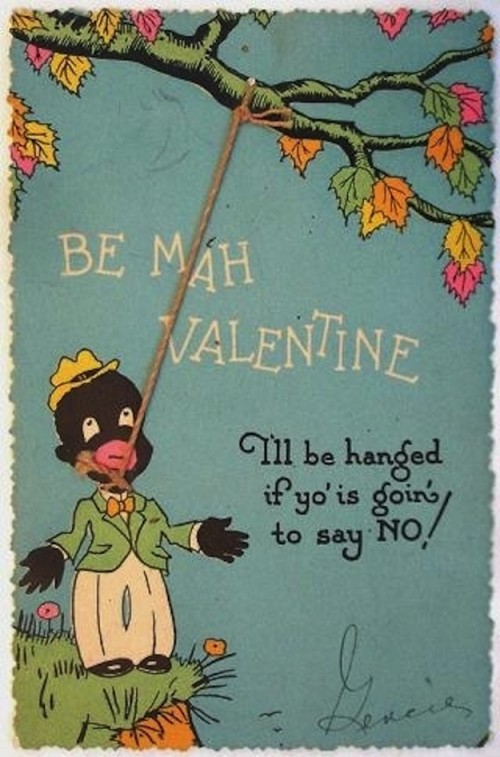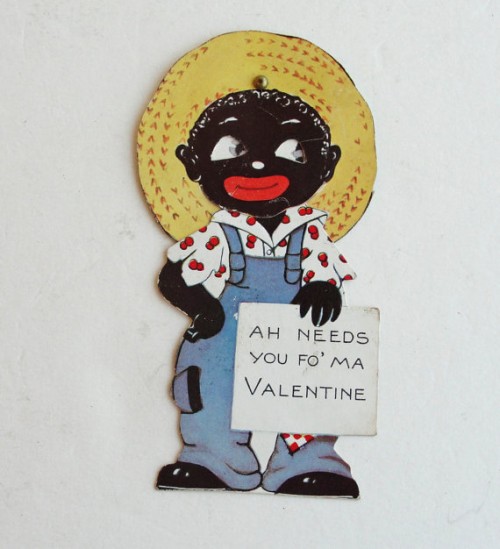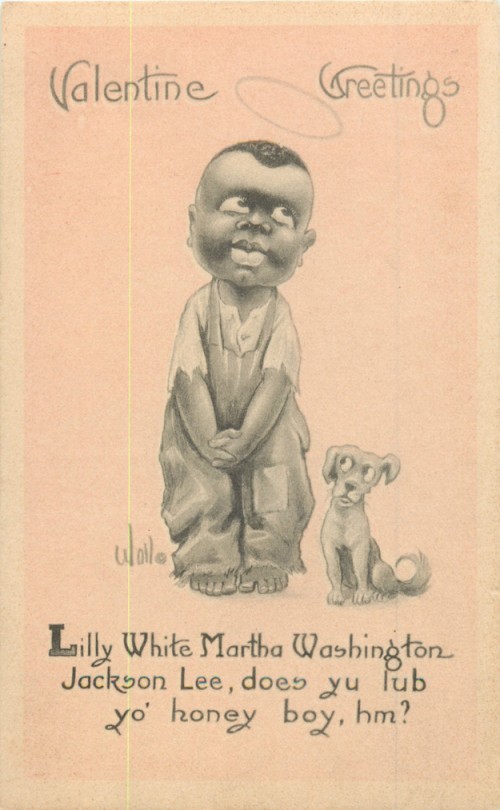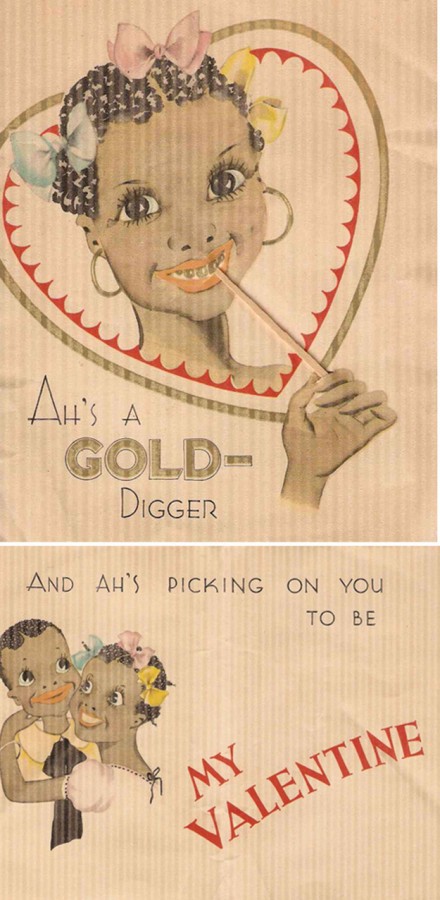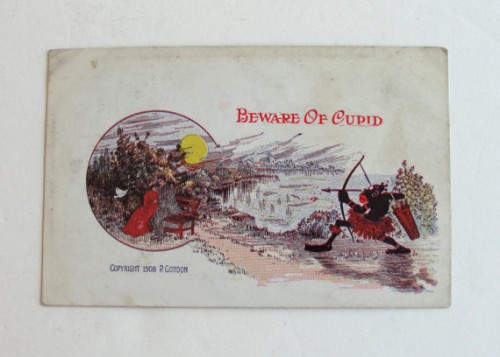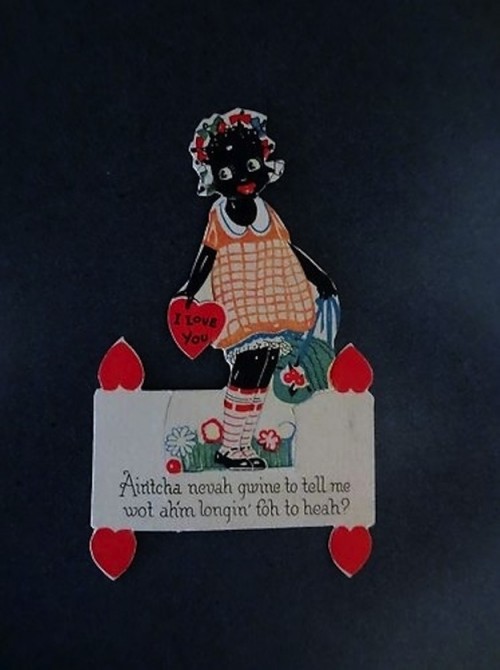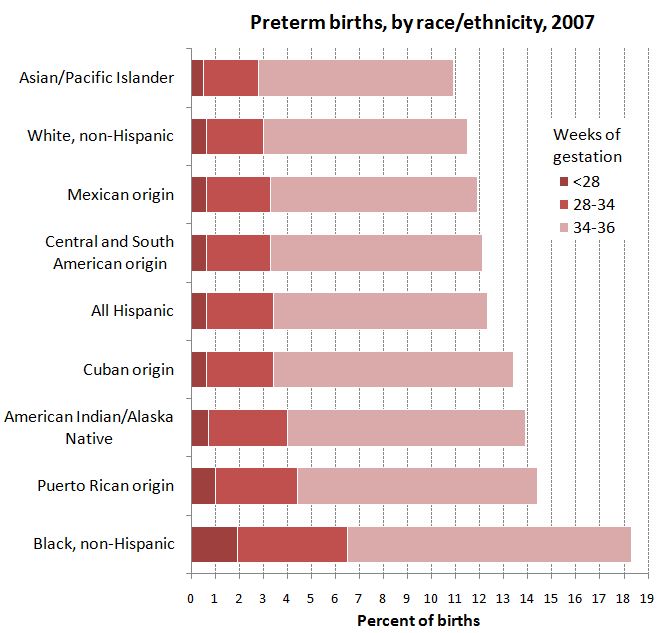Last year I wrote about a series of billboards in Atlanta that re-framed the abortion debate as a race issue. The billboards featured a child’s face and read “Black Children are an Endangered Species.” A new billboard, in the same theme, has appeared in New York City and was sent in by Kristy H. and Kelly. Featuring a young girl, it reads: “The most dangerous place for an African American is in the womb”:
Three points:
(1) People without economic resources — including, disproportionately, black women — are more likely to end pregnancies in abortion. This is not a trivial matter; many women in the U.S. have abortions because they can’t afford (more) children. It’s terribly saddening to think that some women abort children they want. And some members of the Black community do argue that this is a form of genocide.
(2) This ad, however, doesn’t come across to me as sympathetic to Black women. The language in the ad leaves the aborting woman unstated, but still culpable. She is simultaneously reduced to a womb and accused of placing her child in danger (of being a murderer?). As Michael Shaw at BagNewsNotes suggests, this ad appears to happily trigger our thoughts of Black people and Black spaces as violent. Is this ad appealing to the Black community? Or is it appealing to stereotypes about Black people as a strategic move in the anti-abortion debate?
(3) Finally, as I wrote in my previous post, and on a different note, the message illustrates something very interesting about social movements and framing.
The fact that abortion is highly politicized in the United States, deeply connected to feminism (but not race or class movements), and framed as a specifically-gendered contest between “life” and “choice” seems natural to most Americans. Indeed, it’s hard for many Americans to imagine a world in which the procedure is less politicized or debated differently. But the politics of abortion in the U.S. is not the only kind of abortion politics that could exist… [see, for example, Shaping Abortion Discourse]. So, whether you agree or disagree with the claims in these billboards, they nicely jolt us out of our acceptance of abortion politics as is. How might thinking about abortion as a race issue or a class issue change the debate?
Source: Gawker.
Lisa Wade, PhD is an Associate Professor at Tulane University. She is the author of American Hookup, a book about college sexual culture; a textbook about gender; and a forthcoming introductory text: Terrible Magnificent Sociology. You can follow her on Twitter and Instagram.









